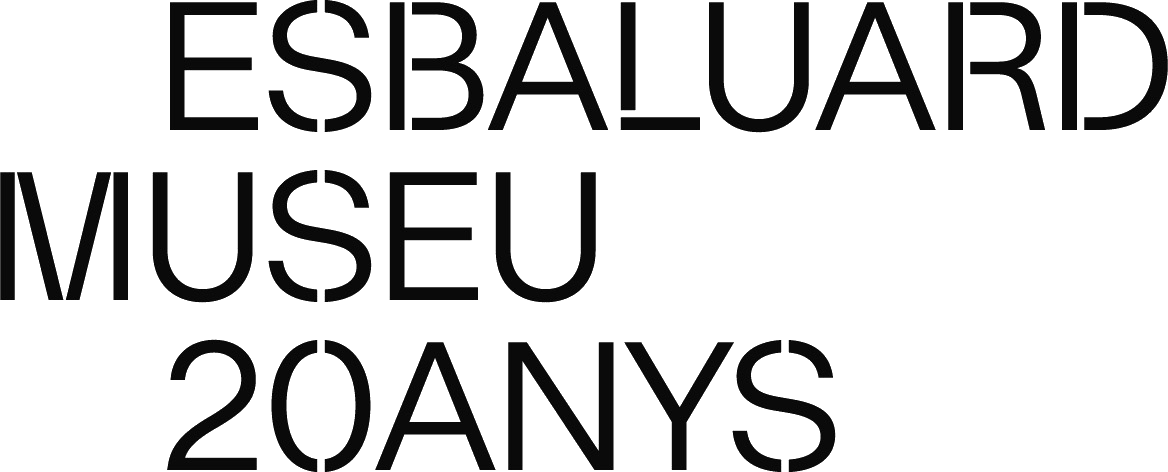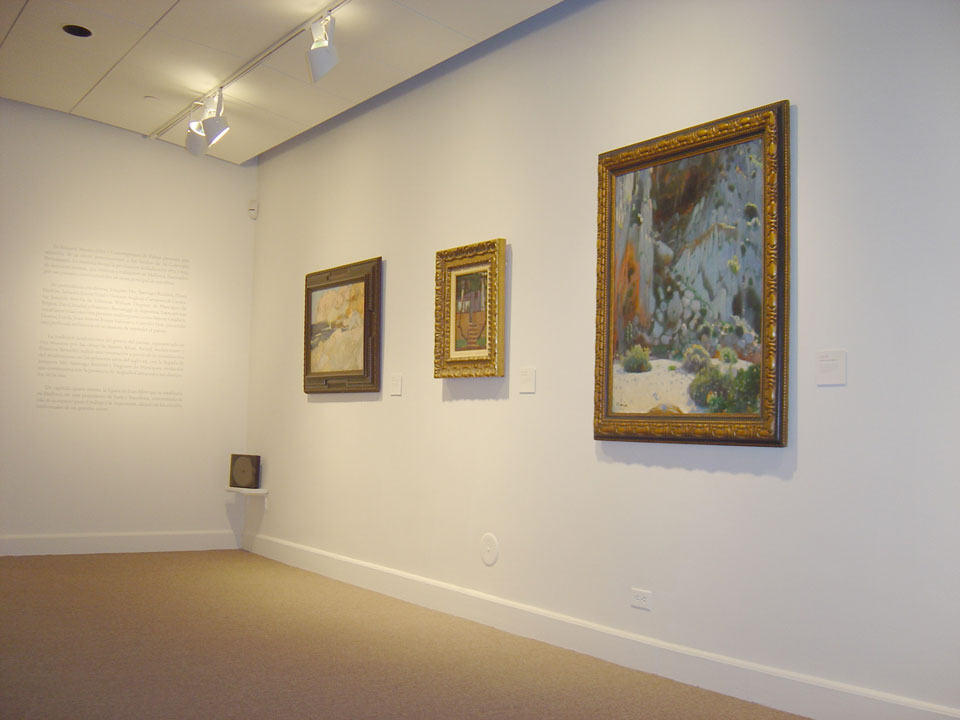 Mallorcan Landscapes. Exhibition hall
Mallorcan Landscapes. Exhibition hall MALLORCAN LANDSCAPES.
The Es Baluard Museu d'Art Modern i Contemporany de Palma will present an exhibition in New York entitled "Mallorcan Landscapes. The Es Baluard Museu d'Art Modern i Contemporani de Palma Collection", twenty-two works from the Museum’s collection focusing on the landscape. Organized by Es Baluard, with the special collaboration of the Balearic Government's Ministry of Tourism (IBATUR), and curated by Soad Houman and Catalina Joy, the exhibition brings together seventeen Mallorcan, Catalan and foreign artists who have a clear common link – the island of Mallorca as their protagonist.
The exhibition begins by bringing us closer to Mallorcan artistic reality in the period between 1872 and 1934. Starting out from the Academicist trend, linked to Romanticism and Realism represented by Antoni Ribas, Ricard Anckermann and Francesc Rosselló, the arrival of the artists Santiago Rusiñol, Joaquim Mir and William Degouve de Nuncques marked the entry of the Modernist and Symbolist trends into Mallorca, exercising an influence on the island's artists, in particular Antoni Gelabert, and to a lesser extent Llorenç Cerdà.
Relations betweeen Catalonia and Mallorca were fluid, not only as a consequence of physical and linguistic proximity, but also due to the exhibitions organized in both Palma and Barcelona and the great interest Catalan artists showed in representing the Mallorcan landscape, as Eliseu Meifrèn and Sebastià Junyer Vidal did, among others.
At the same time South American artists were arriving in Spain in order to complete their artistic education. Francisco Bernareggi was one of the first Argentinian painters to visit the island, and eventually, in 1903, he came to live here with his family. The figure of Hermen Anglada-Camarasa, who settled in Pollença in 1914, attracted a notable number of artists, above all from Argentina and Uruguay, who came because of their admiration for his work, such as Tito Cittadini.
The brief spell of time Joaquín Sorolla spent on Mallorca in 1919, due to the need to rest after finishing the decoration work for The Hispanic Society of America, is reflected in the Es Baluard collection through the work Cala San Vicente, Mallorca. Two works by Cristòfol Pizà and Joan Antoni Fuster Valiente show the continuity of style and theme in local artistic production during the 1920s and 1930s.
The exhibition ends with a special tribute to the figure of Joan Miró and his close bond to Mallorca. From a very early age, as a result of family ties (his mother was Mallorcan), he visited the island on several occasions. In 1956 he choose Mallorca as his place of residence on finding the tranquillity he yearned for. His esteem for the island was made clear by his dedicating the Sèrie Mallorca, a set of nine engraving produced in 1973, to it.
The Spanish Institute was founded in 1954 to foster knowledge of the Spanish culture among the people of the United States. In recognition of the continued support of Her Majesty Queen Sofía, the institution was renamed the Queen Sofía Spanish Institute in November 2003.
Location – Hall: Queen Sofía Spanish Institute. New York
Production: Es Baluard Museu d'Art Modern i Contemporani de Palma





